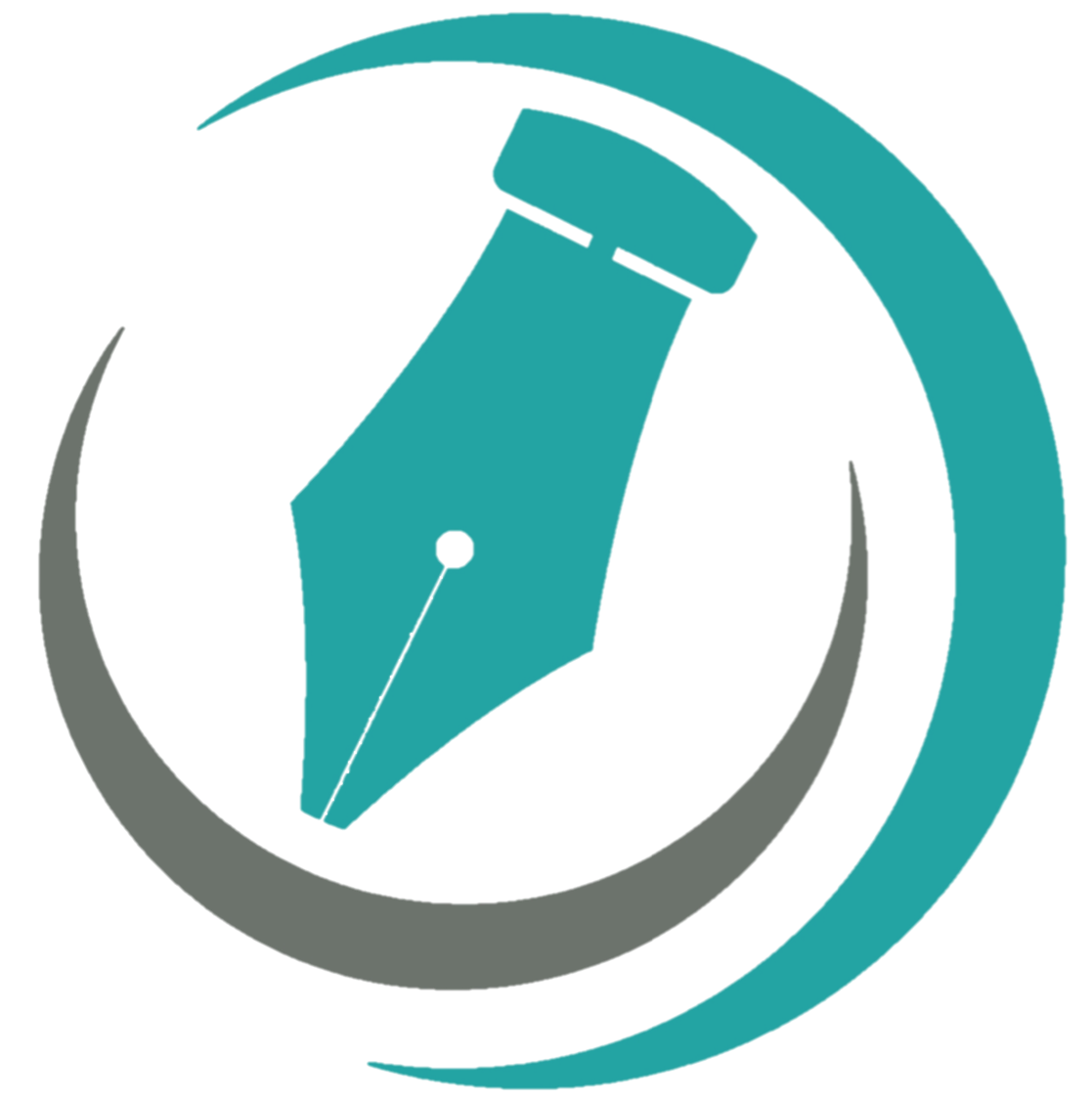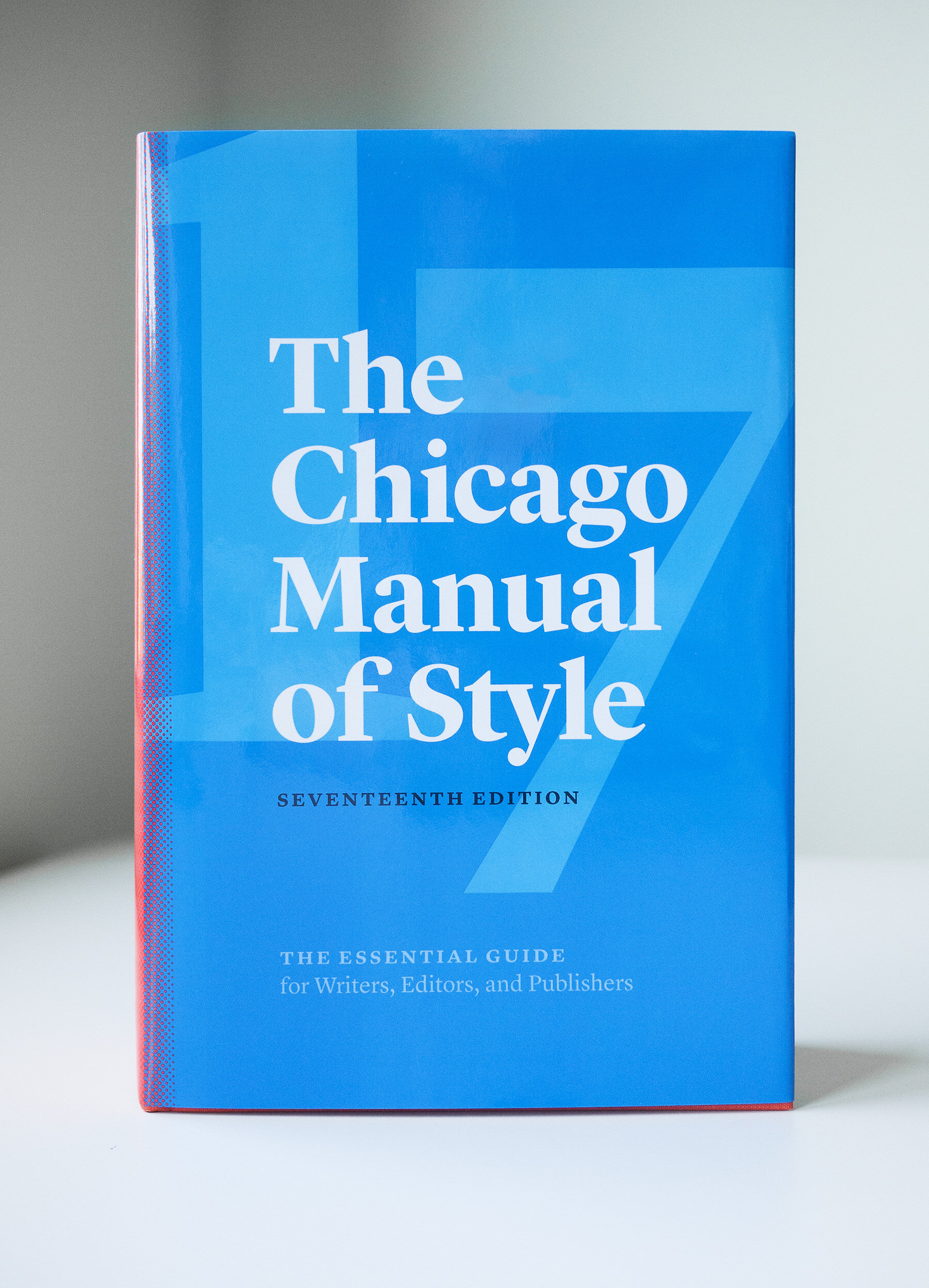Citing Sources in Nonfiction Books
When using sources in nonfiction books, there are some important rules you need to know to avoid issues of plagiarism and/or copyright infringement. This blog specifically focuses on how to properly cite sources and incorporate quotes into your book.
Writing an entire book is quite the task. Authors often seek outside sources to support their arguments, ideally making the arguments more compelling. This is normal! But would you want someone using your brilliant ideas without attributing you?
Probably not.
Remember that someone else put in a significant amount of time and energy to put their book together, just like you. They deserve credit for the work they did! So adding a simple footnote or endnote can fulfill the citation requirements. (More info on footnotes and endnotes later.)
What needs a citation?
Many authors I’ve worked with ask me how to tell if there is a trick to telling if they need a citation or not. My advice is that it’s better to over-cite than to run the risk of copyright infringement issues.
To gauge what needs a citation, one thing you can ask yourself is this: Is this common knowledge? If it is not, then you need to cite the resource that inspired you to include that information. (HINT: Most of the time if you’re asking, you probably need to cite!)
Here are example elements that should have citations:
Facts, data, or statistics
Direct/exact quotes (the same wording that’s used in the original source)
Images or charts
Inventories or checklists
Summaries of original content that may even have a copyright or trademark
An example would be the list of The 7 Habits of Highly Effective People by Franklin Covey
This may seem overwhelming, but it’s quite manageable thanks to industry style guides. Most nonfiction book editors are knowledgeable when it comes to citation essentials, and they apply those style guides to help you cover your bases.
What is the The Chicago Manual of Style?
Photo of the The Chicago Manual of Style (Seventeenth Edition) provided through Wikimedia Commons.
The Chicago Manual of Style is a tome of a reference filled with all the key ingredients to make your book consistent and professional. It’s a nonfiction editor’s job to apply those rules to your book, and the rules range from grammar, spelling, capitalization conventions to all the nitty gritty formatting/styling of citations in endnotes, footnotes, and the bibliography.
A quick explanation of footnotes and endnotes. Footnotes are citations or extra notes that appear in small font at the bottom of a given page. Endnotes are similar, but they appear in a comprehensive list toward the end of the book. Both use numbers or Roman numerals in-line to refer the reader to the source citation.
Here are key components of a citation:
Author(s)
Title of journal article/chapter of a book
Title of the journal or source
Date of publication
Publisher’s information (most common for books)
Edition and editor names (if applicable)
URLs for online sources
The citations essentially need to provide as much information as possible to point the reader to the correct source if they want to review it themselves. To understand more about Chicago Manual of Style expectations, you can check out this page. Again, nonfiction editors are trained in this Chicago lingo, so don’t panic.
You can help your editor by including as much of your source information as possible. You can add the details in a comment by the citation spot. Then the editor can insert the footnote or endnote and form the citation and the corresponding entry for the bibliography (or reference list).
Citations can definitely be part of an editor’s job, but please know that it’s tedious work that likely will increase project costs. Ask your editor to confirm if they offer those services and what to expect for costs.
How do I handle special citation situations?
One thing that typically doesn’t require citations is the inclusion of an epigraph, or quote that appears at the beginning of a chapter or section. Attribution of the saying is typically sufficient. For example:
“The most significant successes come from letting your light shine, embracing failure, and getting good at being wrong.” –Stacey Abrams
Know that there are editors who specialize in rights and permission. If you’re incorporating significant amounts of charts, images, or art that isn’t yours, or song lyrics (which are generally under copyright), I’d recommend contacting a rights and permissions editor to make sure you’re covered. I have a broad network of referrals if you need such services.
I encourage authors to include outside sources to support arguments in their nonfiction books. It involves a bit more time and energy to cite all of your sources, but it’s definitely worth the peace of mind. And it’s the right thing to do for your fellow authors. The editor can guide you through the citation process and incorporate this critical info to make sure you’re giving credit where it’s due.
I’ve done my fair share of technical nonfiction books, so please contact me if you have any questions or want to collaborate!


